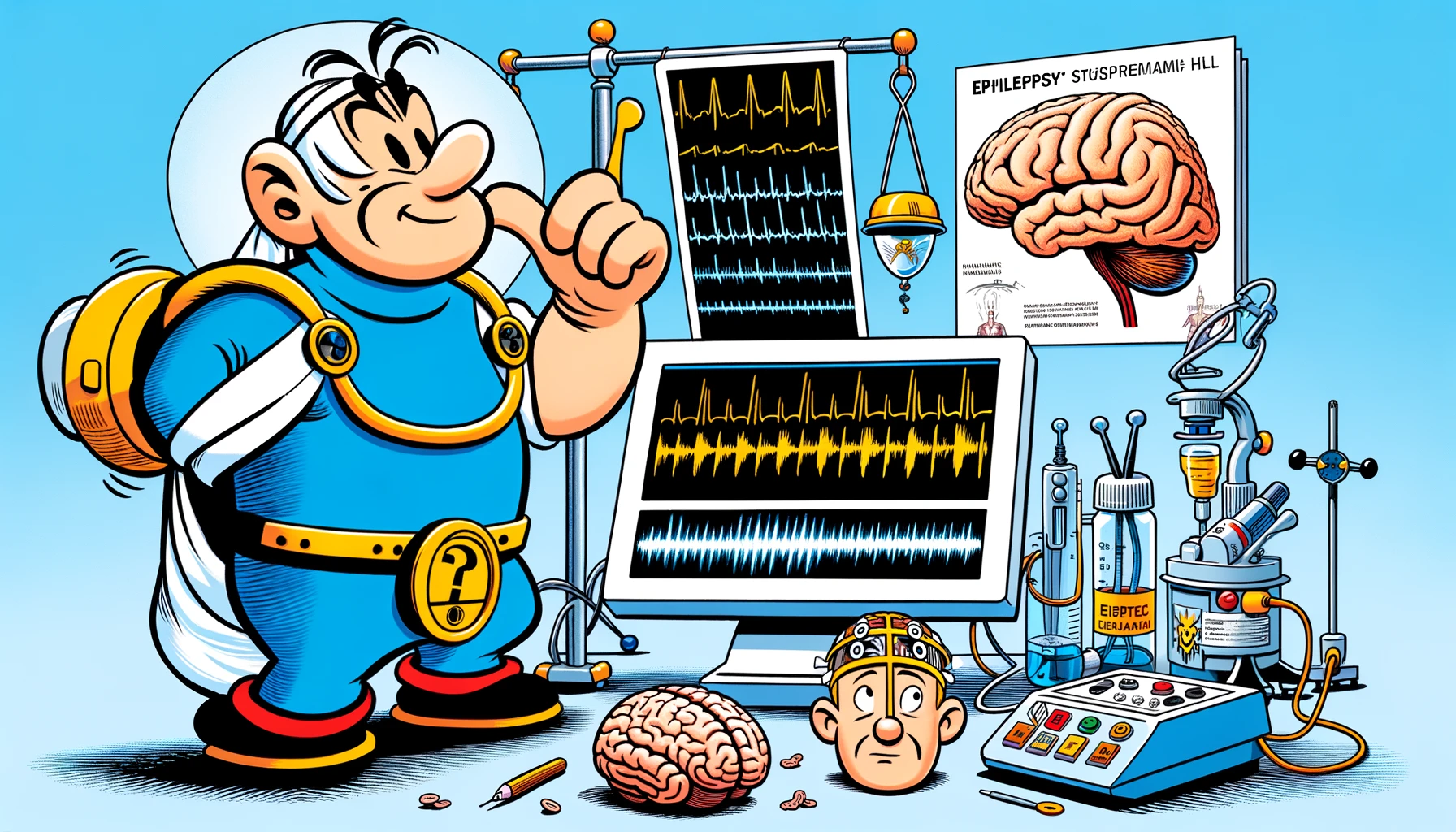Discover the intricate nature of epileptic spasms in infancy and childhood, and explore whether they represent a singular age-dependent epilepsy type or a distinct syndrome, shedding light on a critical debate in the field of epilepsy surgery.
– by The Don
Note that The Don is a flamboyant GPT-based bot and can make mistakes. Consider checking important information (e.g. using the DOI) before completely relying on it.
Epileptic spasms in clusters with hypsarrhythmia in infancy and childhood: A single age-dependent type of epilepsy or well-defined epileptic syndrome?
Caraballo et al., Epilepsy Res 2024
<!– DOI: 10.1016/j.eplepsyres.2024.107354 //–>
https://doi.org/10.1016/j.eplepsyres.2024.107354
Let me tell you, folks, we’ve got something incredible here. We looked at 92 patients, that’s right, 92, with something called epileptic spasms – but not your usual kind, no hypsarrhythmia here. We’re talking about spasms that start when you’re just a baby or a little older, in childhood. And let me tell you, we did a deep dive.
From June 2000 all the way to July 2022, we found these patients who fit the bill perfectly. We didn’t mess around with cases that had other complications – just pure, straightforward epileptic spasms in clusters. We split them into two groups – those who started having these spasms before they turned two, and those after. And guess what? The way these spasms showed up, the seizures, the EEGs – pretty much the same in both groups.
Now, when it comes to why this is happening, we saw a lot of structural causes, some genetic, and a bunch we just couldn’t pin down. But here’s the kicker – 31 patients got better, completely seizure-free. And those with specific structural issues? We operated, and folks, the results were fantastic.
But it’s not just about the seizures. We looked at how these kids were doing before the spasms started, and it all ties back to the cause. What we’ve got here, it’s not just a bunch of cases. It’s a well-defined syndrome, a type of epilepsy that starts early in life, with these unique clusters of spasms, without the brain taking a hit.
So, believe me, when I say, we’re onto something big here. A breakthrough in understanding these spasms, and how we can tackle them. It’s going to be huge.
